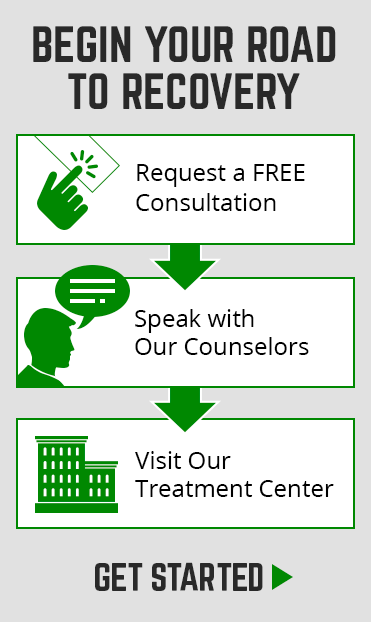
What Are Core Muscles?
This area of the body — which essentially covers from nipples to knees — transfers the power generated by your butt and legs and helps redistribute it for use in whatever it is you're doing. From swinging a baseball bat or golf club to picking up your child for a hug, it begins with your core muscles. The stronger your core anatomy, the easier it makes life for your shoulders and knees.
Can a car function properly without its engine? No. And neither can you without your core muscles. So what are core muscles, really? They are perhaps the most important area of the body for an athlete, and really, for anyone.
What is the core?
Those six-pack abs you see at the gym or on television are nice, but your core anatomy goes quite a bit deeper than that. It extends from the chest to the thighs and includes everything in between, a network of muscles, tendons, ligaments, and joints that interconnect to provide the burst necessary for optimal performance. Your balance and the ability to move and not fall, particularly as you get older, depend almost totally on the core and its interaction with the brain.
The components of the core
The core has 4 parts: (A) the back, (B) the ball-and-socket hip joint, (C) the core muscles and the rest of the pelvic bones, and (D) all the other physiological systems and soft tissues.

What do we mean by core anatomy?
The harness muscles of the core are the central ones symmetrically arranged on either side and attaching to the pubic bone. The most important harness muscles are the rectus abdominis muscles and 3 adductors—the pectineus, the adductor longus, and the adductor brevis on each side.
LEARN MORE
